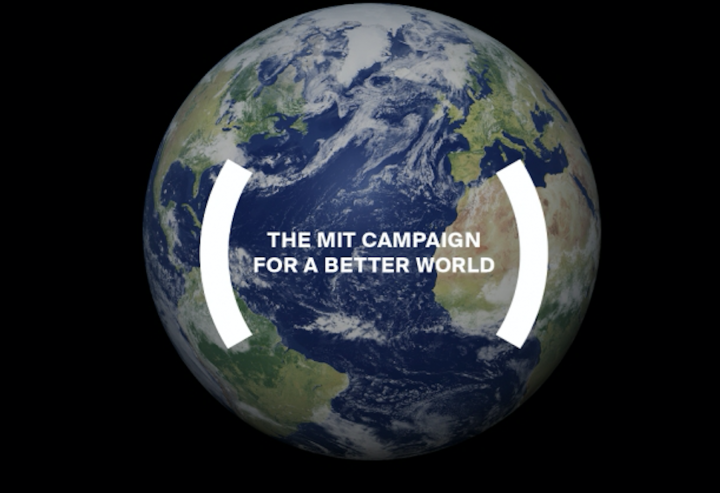
Already, scientists and researchers at MIT have made significant contributions to humanity — from a new $1 Zika paper test to a debugging system that takes less than a minute to find program errors, there’s little that MIT isn’t involved in. But even that isn’t enough when you’re a world-class educational institution.
“This Campaign will have far-reaching positive implications for the world at large,” said Robert B. Millard ’73, chair of the MIT Corporation. “It is an opportunity to re-inspire, re-energize, and recommit the MIT community to our shared vision and values, while amplifying the power of our students, faculty, and staff to shape the future by providing them with the resources they need to do their best work.”
Noting the school’s “history of discovery, knowledge creation, and innovation,” this new campaign has set lofty goals for itself, including the support of initiatives that range from climate change to Alzheimer’s research to education to art and culture. Part of the $5 billion will go toward “strengthening the Institute’s core,” to be manifested in more resources for financial aid, bettering residential and educational spaces, and improving research facilities.
“Humanity faces urgent challenges — challenges whose solutions depend on marrying advanced technical and scientific capabilities with a deep understanding of the world’s political, cultural, and economic complexities,” said MIT President L. Rafael Reif. “We launch the Campaign for a Better World to rise to those challenges and accelerate positive change … Together, through this Campaign, we will give the brilliant minds and hands of the MIT community the fuel and the focus to make inspiring progress for the world.”
Already, the university has raised over $2.6 billion from over 77,000 alumni and friends. These funds will aid in the six major areas of the Campaign — Discovery Science; Health of the Planet; Human Health; Innovation and Entrepreneurship; Teaching, Learning, and Living; and the MIT Core.
“The MIT Campaign for a Better World represents an important and historic undertaking,” said Julie A. Lucas, MIT’s vice president for resource development. “Its priorities transcend disciplines and reflect the breadth and depth of the Institute’s commitment to bringing real change to the world. This is an extraordinary moment in the life of MIT.”
Editors' Recommendations
- New World prevents players from making characters to fight server woes
- Inside the MIT project that’s making Inception-style dream manipulation possible


